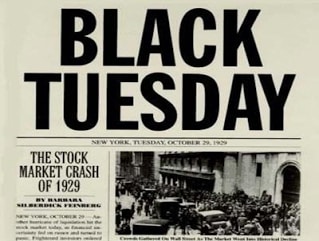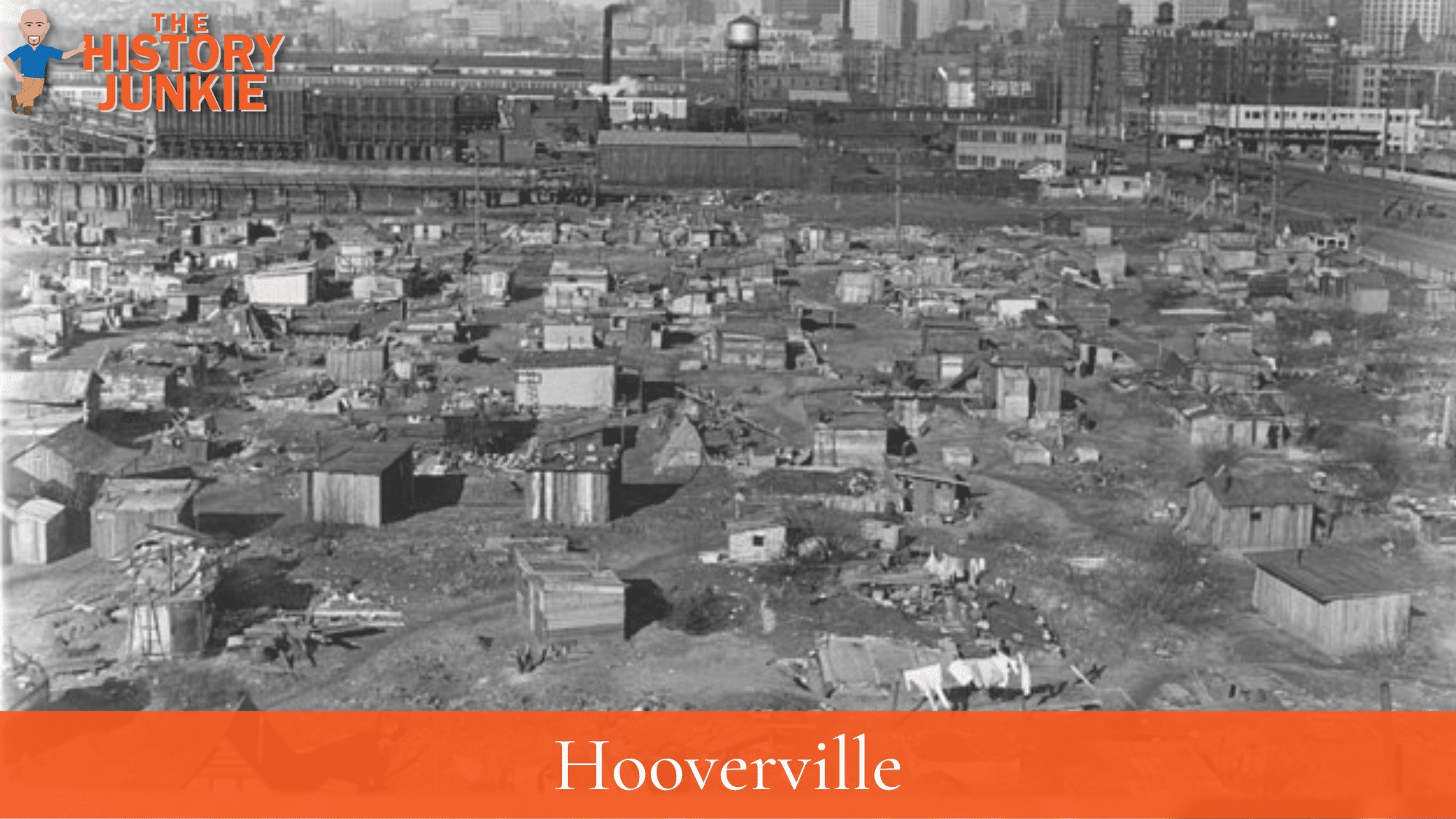The economic crisis of the 1930s is one of the most studied periods of American history, and facts about the Great Depression are interesting to read.

Scholars have studied the economic calamity from all angles and amassed an immense collection of facts about the Depression. Some products and sayings we still use today have their roots in the Great Depression.
Here are some interesting facts about the Great Depression.
Interesting Facts

The Great Depression peaked between 1932 and 1933.
Some 6,000 street vendors walked the streets of New York City in 1930, trying to sell apples for 5 cents each.
President Herbert Hoover's name became synonymous with the hardships faced by many. The soup was called "Hoover Stew," and shantytowns made of cardboard and sheets were called "Hoovervilles."
Zippers became widely used because buttons became too expensive.
Because the circulation of money was so low, the U.S. didn't mint nickels in 1932 or 1933.
The biggest hit song of 1932 was "Brother, Can You Spare a Dime?" by Bing Crosby.
Thousands of homeless families camped out on the Great Lawn at Central Park in New York City, which was an empty reservoir during the Great Depression.
By 1940, 2.5 million people had fled the Great Plains. Roughly 200,000 moved to California.
The term "skid row" came about during the Depression years.

One of the largest Hoovervilles in the nation was built in 1930 in St. Louis. It had its own mayor, churches, and social institutions. The shantytown was funded by private donors and existed until 1936.
Comic strips like Superman, Flash Gordon, and Dick Tracy kept children entertained during the Great Depression.
John Steinbeck wrote "The Grapes of Wrath" and "Of Mice and Men" about the lives of these people and the devastating effects of the Dust Bowl.
Great Depression Facts
In the 1920s, the wealthiest one percent owned more than a third of American assets.
When stock speculation was a prominent practice, banks lent money to investors to buy stock. Nearly $4.00 out of every $10.00 borrowed from the banks was used to buy stock
The average income of the American family dropped by 40 percent from 1929 to 1932. Income fell from $2,300 to $1,500 per year.
During the 1930s, manufacturing employees earned about $17 per week. Doctors earned $61 per week.
The stock market didn't return to pre-depression levels until 1954.
The New Deal
Franklin Roosevelt blamed "unscrupulous money lenders" and a "generation of self-seekers" for the Great Depression.
Forty-three "alphabet agencies" were created during the New Deal.
The Empire State Building, the Chrysler Building, the Golden Gate Bridge, and the Rockefeller Center were all built as part of Depression-era worker relief programs.
Six of eight major New Deal initiatives were found to be unconstitutional by the U.S. Supreme Court.
Three towns were created from scratch during the New Deal. Greendale, Wisconsin, Greenhills, Ohio, and Greenbelt, Maryland, were created during work relief programs. All the towns still exist today.
